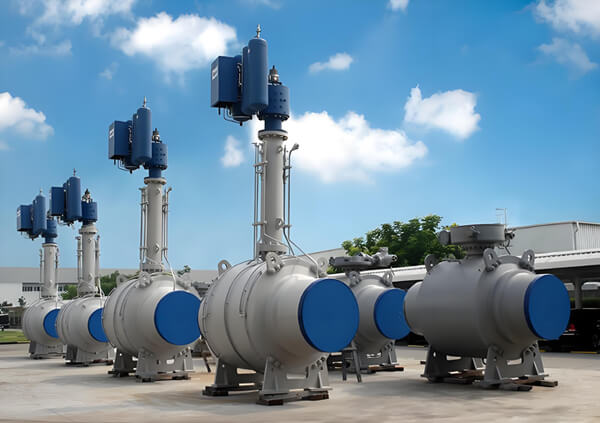What is a Solvent Weld Ball Valve
A solvent weld ball valve utilizes chemical fusion bonding instead of thermal welding to permanently connect valve components to piping systems. Unlike traditional welded valves, solvent welding dissolves the surface layers of PVC/CPVC materials, creating leak-proof joints through molecular bonding.

Core Structural Features
– Leak-proof construction: Chemical fusion creates monolithic connections
– Corrosion resistance: Ideal for aggressive media (acids, solvents)
– Zero-maintenance design: Permanent joints eliminate seal degradation
– Compact installation: 40% lighter than flanged alternatives
– Full-bore flow: Minimal pressure drop in pipelines
Key Applications
1. Chemical Processing: HCl, H₂O₂, and solvent transfer lines
2. Water Treatment: Chlorination systems & filtration units
3. Pharmaceutical: USP Class VI compliant fluid handling
4. Semiconductor Manufacturing: Ultra-pure water distribution
Solvent Welding vs. Traditional Welding
| Factor | Solvent Welding | Thermal Welding |
| Connection Method | Chemical fusion | Metal melting |
| Material Compatibility | PVC/CPVC only | Metals & alloys |
| Temperature Resistance | 60°C (140°F) max | 400°C+ (750°F+) |
| Installation Skill | Low training required | Certified welder needed |
NSW: Trusted Weld Ball Valve Manufacturer
As an API 6D certified welded ball valve manufacturer, NSW delivers:
– Complete size range: ½” to 60″ solvent weld ball valves
– Pressure ratings: Class 150 to Class 900
– Material options: PVC, CPVC, PP, and PVDF constructions
– Specialized designs:
– 3-Way diverters
– Fire-safe (API 607) variants
– Cryogenic (-196°C) models
– Anti-static ISO 5211 actuators
*Industry Insight*: Solvent weld valves dominate 78% of North American chemical PVC piping systems due to their zero-emission seals and 25-year service life (ASME B31.3 compliant).
Post time: Jun-08-2025






